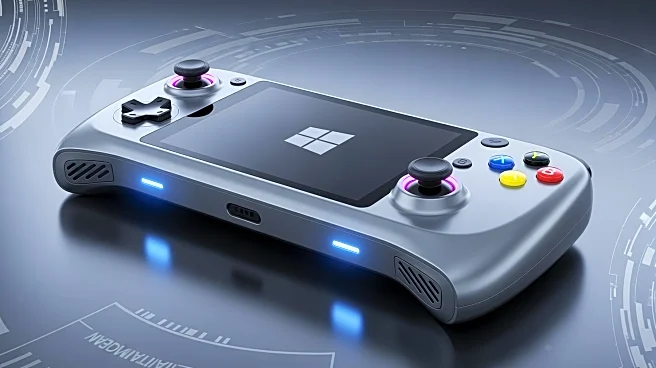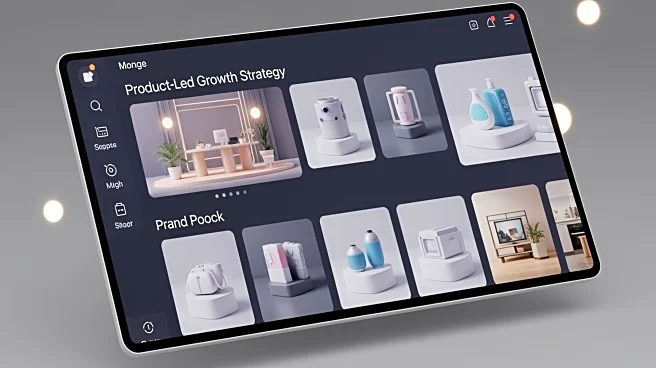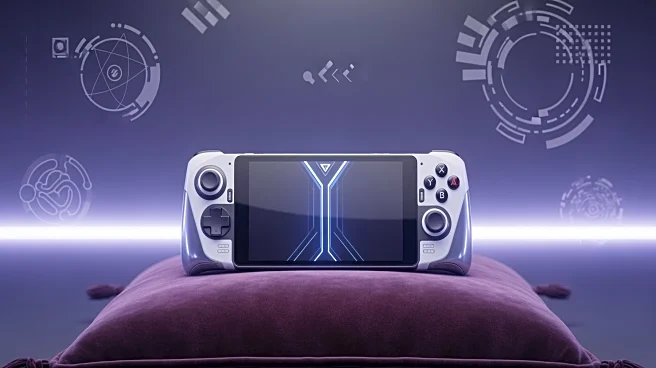What's Happening?
The ROG Xbox Ally, a new handheld gaming device, has been reviewed with mixed feedback. While it outperforms the Steam Deck in running games, users have reported issues with Windows and various bugs that hinder its potential as a top-tier handheld console.
The device is designed to support Xbox games, offering a portable gaming experience. Despite its technical capabilities, the user experience is affected by software limitations, leading to dissatisfaction among some gamers who had high expectations for the device.
Why It's Important?
The reception of the ROG Xbox Ally highlights the challenges faced by manufacturers in balancing hardware performance with software reliability. As handheld gaming devices become more popular, consumer expectations for seamless integration and user-friendly interfaces increase. The criticism of the ROG Xbox Ally may prompt ASUS and other companies to prioritize software optimization in future products, potentially influencing the development of handheld gaming technology. This situation underscores the importance of comprehensive testing and quality assurance in the tech industry.
What's Next?
ASUS may need to address the software issues reported by users to improve the ROG Xbox Ally's reputation and market performance. Updates and patches could be released to enhance the device's functionality and user experience. The feedback from this launch may inform the design and development of future handheld gaming devices, encouraging manufacturers to focus on both hardware and software excellence. As the market for portable gaming expands, companies will likely continue to innovate, seeking to deliver products that meet consumer demands for performance and reliability.
Beyond the Headlines
The mixed reviews of the ROG Xbox Ally reflect broader trends in the tech industry, where the integration of hardware and software is crucial for product success. This case highlights the potential pitfalls of prioritizing hardware advancements without ensuring software compatibility and stability. The situation may lead to discussions about the importance of user experience in tech product development, influencing industry standards and practices. Additionally, the feedback may encourage collaboration between hardware manufacturers and software developers to create more cohesive and reliable products.













